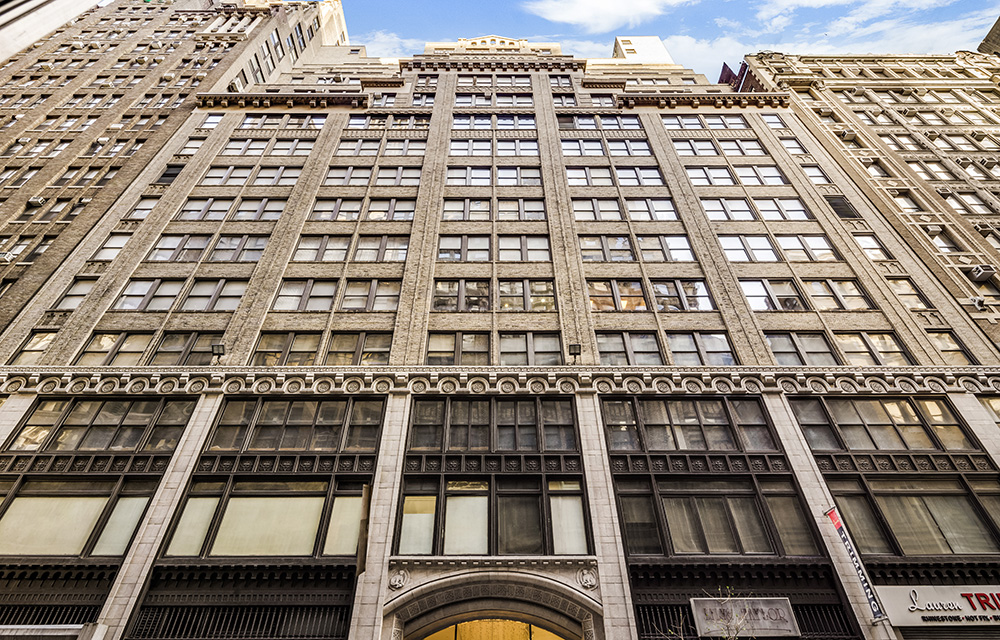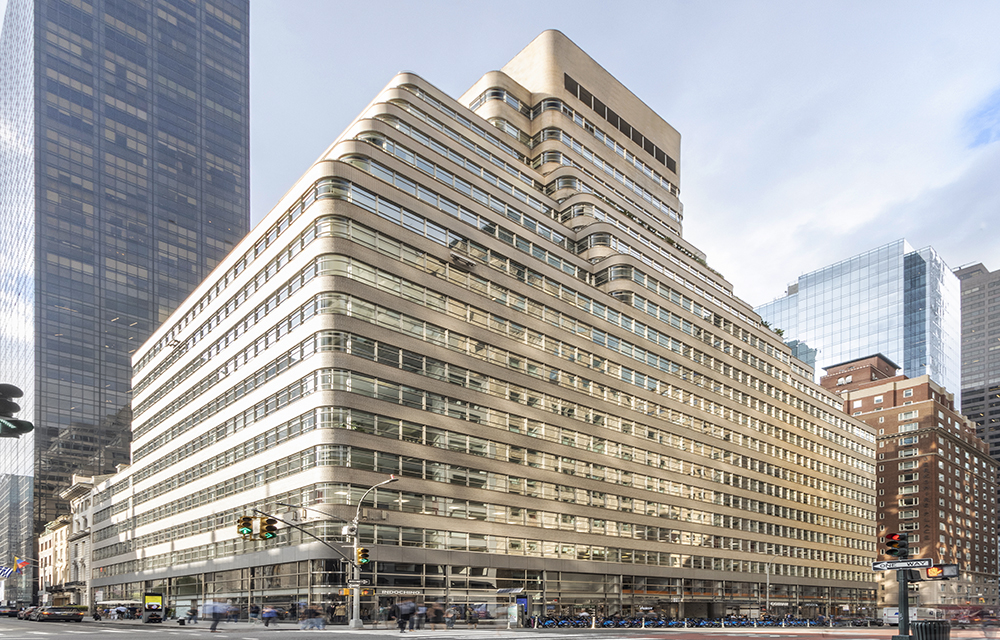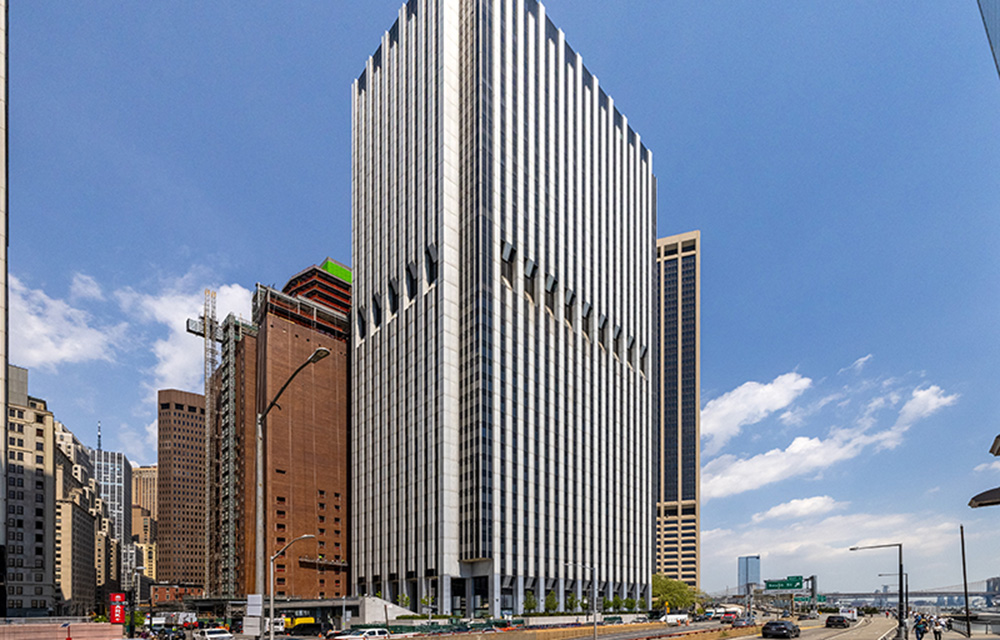REBNY Manhattan Retail Report shows growing demand from a diverse range of retailers
New York, NY The Real Estate Board of New York (REBNY) released its latest Spring 2022 Manhattan Retail Report focused on market activity during the last six months. The report finds that leasing velocity improved in more retail corridors across Manhattan. Prime storefronts on high-traffic streets like Prince St. in SoHo and Upper Madison Ave. were absorbed as international retailers, national chains and emerging retail concepts accelerated their activity.
With sustained activity during the last six months, average asking rents have largely stabilized. Many corridors are registering moderate rent growth – suggesting that more than two years of rent decreases may have come to an end. Of the 17 major Manhattan retail corridors analyzed for this report, 9 saw average asking rent per square foot grow from Fall 2021. Even with moderate rent growth, asking rent is below its pre-pandemic peak in every corridor. Harlem is the closest to its pre-recession peak (falling short by 5.3%). At the other end of the extreme, SoHo is more than 60% below its prior highwater mark.
While brokers anticipate significant lease completions to continue this Summer and Fall, supply chain challenges as well as delays in inspections and permitting by the City of New York have added to the challenges of setting up a retail business in Manhattan.
“In early 2021, food and beverage, fitness and local services dominated activity in Manhattan. We were just starting to see a return of international retailers along with first-time entrants previously priced out of the borough,” said Keith DeCoster, director of market data and policy at REBNY. “Demand is now coming from multiple sources like luxury fashion and accessories retailers on Madison Avenue and in SoHo, along with home décor and furniture tenants active in multiple corridors. National chains like Whole Foods and Petco added large outposts and emerging niches like cannabis are expanding. Overall, momentum across the borough has made significant headway in recent months.”
Canada Goose’s 8,100 s/f lease at 689 Fifth Ave., Versace’s 5,300 s/f lease at 747 Madison Ave. highlight this trend. Major Manhattan retail leases signed over the last six months include Petco’s nearly 30,000 s/f lease at 44 Union Sq., Din Tai Fung’s 26,400 s/f lease at 1633 Broadway Ave. in Midtown and Food 52’s 26,000 s/f lease at 902 Broadway Ave in Flatiron.
Leasing is still lagging a bit in Times Square and on Fifth Ave. These corridors also captured noteworthy transactions, though, such as the return of Planet Hollywood to Times Square and Swarovski’s planned flagship at 711 Fifth Ave. Office-dependent districts like Midtown East and Grand Central are lagging, but news that seven new retailers (including City Winery) signed leases at Grand Central Station was encouraging.
With quality space options depleted on streets like Bleecker Street in West Village and Spring Street in SoHo, brokers note that retailers are now considering options on streets like Greene or Wooster. If leasing momentum carries over to these streets, inventory will tighten by year’s end.
“Despite uncertainty in the economy, there seemed to be no stopping shoppers during the last several months,” said Joanne Podell, executive vice chair of Cushman & Wakefield. “The willingness of so many retailers to commit to new stores of late underscores the resilience of consumers and brick and mortar retail.”
On May 5, the New York subway system experienced its highest ridership since March 2020. According to the Broadway League, gross ticket sales have more than doubled from $15.03 million during the last week of January to $34.7 million by mid-April. Restaurant occupancy has improved, rising from 70% below its pre-pandemic levels in January, to approximately 40% below its pre-pandemic levels. Historic trends suggest that as these figures and office occupancy incrementally improve, activity and demand in the retail market should strengthen further.
“Many key market drivers for Manhattan retail real estate are trending in the right direction and we expect significant leasing to continue this Summer” said DeCoster. “With a decline in prime vacancies and rebounding asking rents, landlords are pulling away from creative deal structures and very aggressive incentivized leases as market conditions normalize.”
REBNY’S Biannual Manhattan Retail Report is a joint effort by the REBNY Manhattan Retail Advisory Group and the REBNY team. The report provides a snapshot of major retail corridors in the borough based on available ground-floor retail asking rent information. The respective firms of each REBNY Manhattan Retail Advisory Group member provide all rent data. The report includes the average price per square foot, median price per square foot, the lowest price per square foot, and highest price per square foot for each of the 17 retail corridors tracked.
While average asking rents offer a perspective on expected costs to enter various retail corridors, it is important to note that outlier properties with significantly above-market or below-market asking rents can cause fluctuations in rent from one reporting period to the next.
Houlihan Lawrence Commercial sells residential development site for $2.1 million


Behind the post: Why reels, stories, and shorts work for CRE (and how to use them) - by Kimberly Zar Bloorian

Lasting effects of eminent domain on commercial development - by Sebastian Jablonski

Strategic pause - by Shallini Mehra and Chirag Doshi









.jpg)
.gif)
.gif)